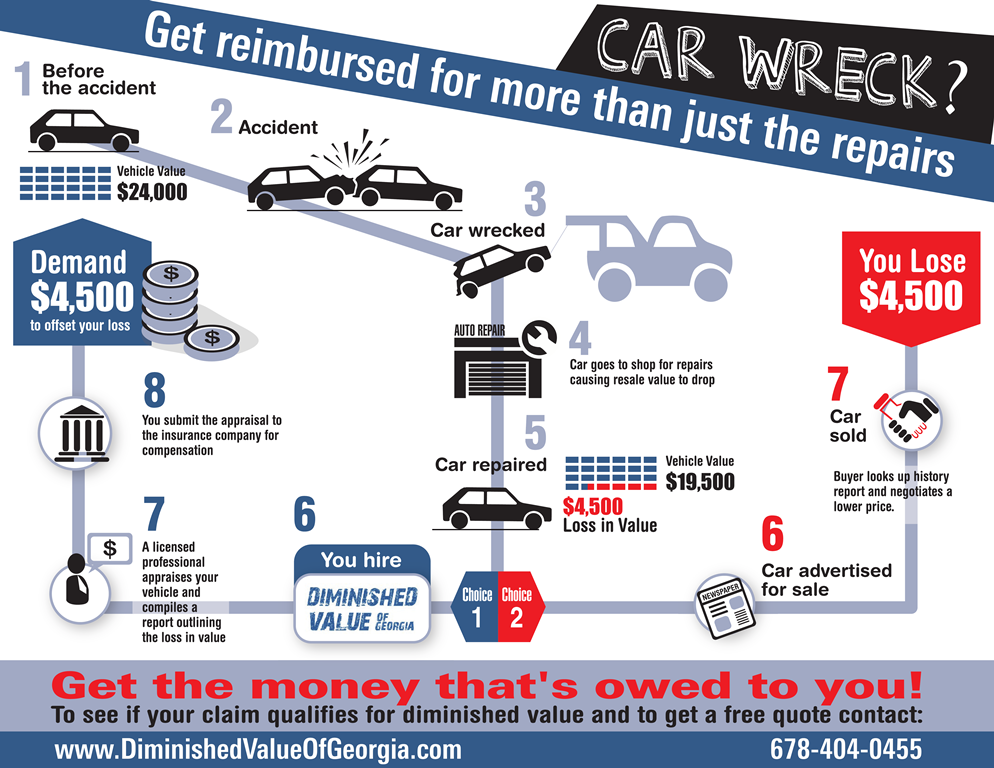Understanding Your Automobile'S Warning Lighting: What Do They Really Mean?
Understanding Your Automobile'S Warning Lighting: What Do They Really Mean?
Blog Article
Article Author-Vinson Torres
When you're behind the wheel, those radiant caution lights on your dashboard can be a bit complicated. Do you know what they're trying to inform you about your auto's wellness? Understanding the relevance of these lights is important for your safety and the long life of your automobile. So, the next time one of those lights pops up, wouldn't you intend to analyze its message accurately and take the needed actions to address it?
Common Warning Lights and Interpretations
Identify typical warning lights in your vehicle and understand their meanings to make certain safe driving.
One of the most regular caution lights consist of the check engine light, which signifies issues with the engine or emissions system. If this light begins, it's important to have your vehicle checked promptly.
The oil stress advising light suggests low oil pressure, calling for instant interest to avoid engine damages.
A flashing battery light may recommend a malfunctioning charging system, potentially leaving you stranded if not dealt with.
visit this weblink monitoring system (TPMS) light signals you to low tire pressure, impacting car stability and gas effectiveness. Disregarding this might bring about harmful driving conditions.
The abdominal light shows a problem with the anti-lock braking system, compromising your ability to quit rapidly in emergencies.
Lastly, the coolant temperature advising light warns of engine getting too hot, which can lead to extreme damage otherwise settled quickly.
Understanding these usual warning lights will certainly assist you deal with issues without delay and keep risk-free driving problems.
Value of Prompt Attention
Recognizing the typical caution lights in your vehicle is only the initial step; the significance of without delay dealing with these cautions can't be highlighted sufficient to ensure your security on the road.
When a warning light brightens on your dashboard, it's your auto's method of communicating a potential problem that requires focus. Overlooking https://paxtonkjfzt.blogdun.com/32723117/exactly-how-can-mobile-cars-and-truck-describing-change-your-car-care-experience-while-making-certain-high-quality-discover-the-vital-aspects-to-think-about-prior-to-picking-a-detailer can bring about much more serious troubles in the future, jeopardizing your security and potentially costing you extra out of commission.
Trigger attention to alerting lights can protect against failures and crashes. As an example, a flashing check engine light might suggest a misfire that, if left unattended, might trigger damage to the catalytic converter. Resolving this quickly can conserve you from an expensive repair service.
In a similar way, a brake system warning light could signify reduced brake fluid or worn brake pads, crucial parts for your safety when driving.
DIY Troubleshooting Tips
If you notice a caution light on your control panel, there are a few do it yourself repairing suggestions you can attempt before looking for expert assistance.
The very first step is to consult your cars and truck's manual to recognize what the particular caution light shows. Often the concern can be as simple as a loose gas cap triggering the check engine light. Tightening the gas cap might resolve the issue.
One more typical concern is a low battery, which can activate numerous warning lights. Checking the battery connections for corrosion and ensuring they're protected might deal with the problem.
If a warning light continues, you can attempt resetting it by detaching the car's battery for a few minutes and after that reconnecting it. Furthermore, examining your vehicle's liquid degrees, such as oil, coolant, and brake fluid, can aid repair alerting lights connected to these systems.
Final thought
Finally, understanding your auto's caution lights is important for keeping your car running efficiently and safely. By promptly resolving these notifies and knowing what they imply, you can stay clear of costly repair services and possible malfunctions.
Remember to consult your auto's handbook for certain details on each alerting light and do something about it accordingly to make sure a hassle-free driving experience.
Keep educated, remain safe when driving!
